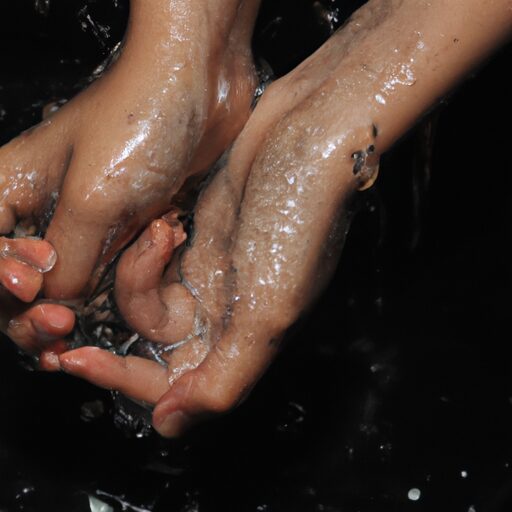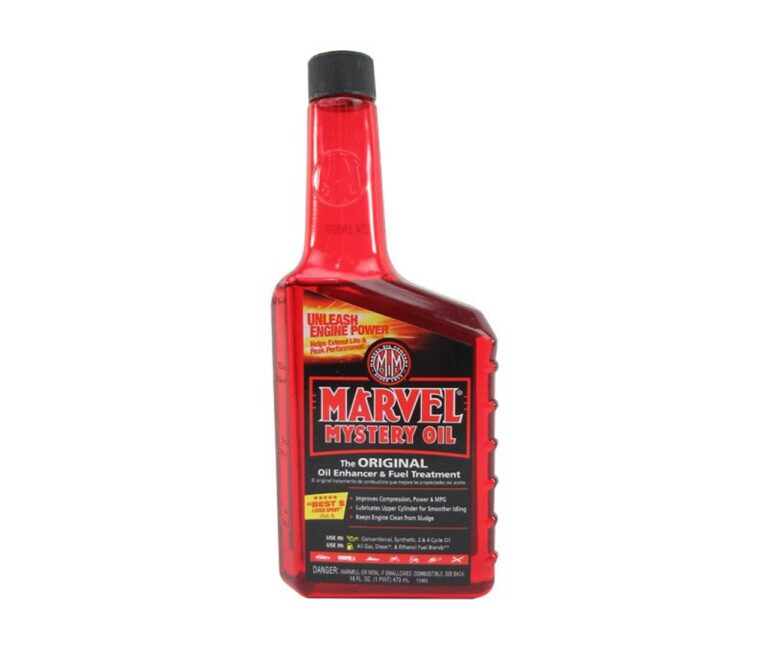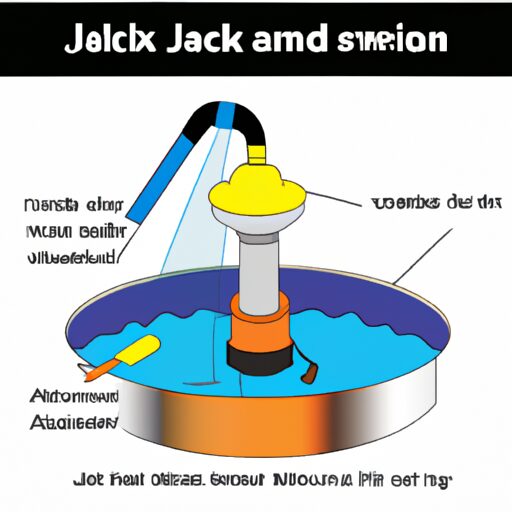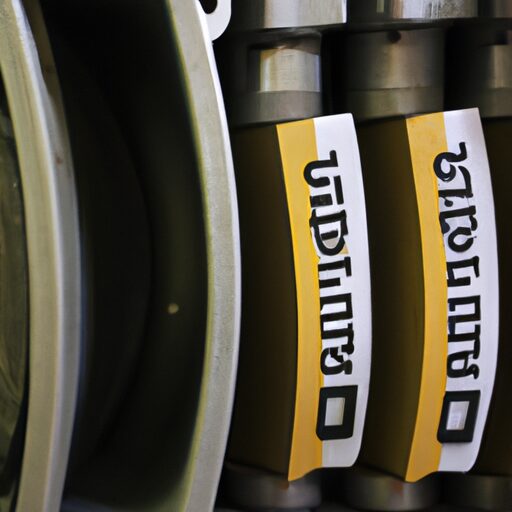Get Hydraulic Fluid Out Of Clothes
When it comes to maintaining cleanliness and appearance, unforeseen accidents can occur, such as getting hydraulic fluid on clothes. The presence of hydraulic fluid stains can be visually displeasing and challenging to remove. This article aims to provide knowledge, information, and detailed instructions on how to effectively eliminate hydraulic fluid stains from clothing. By following the recommended steps outlined in this article, individuals seeking understanding will be equipped with the necessary tools to tackle this predicament successfully.
The proposed approach involves a combination of immediate action, pre-treatment with dish soap or laundry detergent, utilization of stain removers or spot treatments, soaking in a vinegar solution, washing in hot water (within recommended limits), assessing for remaining stains, and air or tumble drying the clothing. By adhering to these guidelines, individuals can enhance their understanding of the process involved in removing hydraulic fluid stains from clothes while ensuring maximum effectiveness and efficiency in restoring garments’ appearance.
Act Quickly and Blot the Stain
In the event of hydraulic fluid staining clothes, it is crucial to promptly address the issue by applying pressure to absorb the stain and prevent further spread. Acting quickly is essential because hydraulic fluid stains have a tendency to set in and become more difficult to remove over time. To begin, place a clean cloth or paper towel over the stained area and firmly press down, allowing the material to absorb as much of the fluid as possible. Avoid rubbing or scrubbing, as this can cause the stain to spread further into the fabric fibers.
By promptly blotting the stain, you can effectively minimize its size and prevent it from spreading onto unaffected areas of clothing. This initial step is critical in preparing for subsequent treatments that will help fully remove the stain. Once you have applied pressure and absorbed as much of the hydraulic fluid as possible, proceed with pre-treating the stain using dish soap or laundry detergent.
Pre-treating with dish soap or laundry detergent will help break down any remaining traces of hydraulic fluid on your clothes before proceeding with a thorough wash.
Pre-treat the Stain with Dish Soap or Laundry Detergent
To effectively remove hydraulic fluid stains from clothing, one can begin by treating the affected area with dish soap or laundry detergent. These common household cleaning agents are effective in breaking down the grease and oil found in hydraulic fluid. When confronted with a fresh stain, it is crucial to act promptly. Begin by blotting the stain gently with a clean cloth or paper towel to remove any excess fluid. Then, apply a small amount of dish soap or laundry detergent directly onto the stained area and gently massage it into the fabric using your fingertips or a soft brush.
Allow the soap or detergent to sit on the stain for about 5-10 minutes before rinsing it thoroughly under cold water. This pre-treatment process helps to loosen and dissolve the hydraulic fluid, making it easier to remove during regular laundering.
While dish soap and laundry detergent are effective options for pre-treating hydraulic fluid stains, there are alternative methods available as well. Some individuals find success using products such as baking soda, white vinegar, or hydrogen peroxide as pre-treatment options.
In addition to understanding how to treat hydraulic fluid stains, it is also beneficial to know how to prevent them in the first place. Taking proper precautions when working with hydraulic systems can help minimize accidents and potential spills that could lead to clothing stains. Wearing protective clothing such as coveralls or aprons can offer an additional layer of defense against accidental exposure.
Transitioning into the subsequent section about using a stain remover or spot treatment without explicitly stating "step," further steps can be taken if necessary for stubborn stains that do not respond well to basic pre-treatment methods.
Use a Stain Remover or Spot Treatment
One effective method for treating stubborn stains is by utilizing a stain remover or spot treatment. When it comes to hydraulic fluid stains, these products can be particularly useful due to their ability to break down and remove oils and grease from fabrics. Stain removers typically contain enzymes or solvents that target specific types of stains, including hydraulic fluid. Enzymes work by breaking down the organic compounds in the stain, while solvents dissolve the oil or grease particles.
To use a stain remover or spot treatment, begin by applying a small amount directly onto the stained area. Gently rub the product into the fabric using a clean cloth or sponge, being careful not to spread the stain further. Allow the product to penetrate for several minutes before laundering as usual.
If you are unsure about which stain remover to use or if the stain persists after treatment, professional dry cleaning may be necessary. Dry cleaners have access to specialized equipment and solvents that can effectively remove stubborn stains like hydraulic fluid.
Now that we have covered the method of using a stain remover or spot treatment, let’s move on to another technique: soaking the stained clothing in a vinegar solution.
Soak the Stained Clothing in a Vinegar Solution
Soaking clothing in a vinegar solution has been found to be an effective and eco-friendly method for removing stubborn stains, with studies showing that it can significantly improve stain removal success rates. Vinegar, a common household ingredient, contains acetic acid which helps break down and dissolve various types of stains, including hydraulic fluid. To create a vinegar solution for stain removal, one can mix equal parts white vinegar and water in a container large enough to fully submerge the stained clothing. The stained garment should be left to soak in the solution for at least 30 minutes or overnight for more stubborn stains.
In addition to being effective, using a vinegar solution as a stain remover offers several advantages over other alternatives. Firstly, vinegar is readily available and inexpensive compared to commercial stain removers. Secondly, it is an eco-friendly option as it does not contain harsh chemicals that can harm the environment. Lastly, vinegar is safe to use on most fabrics without causing damage or discoloration.
While soaking the stained clothing in a vinegar solution is an important step in removing hydraulic fluid stains from clothes, it should be followed by washing the garment in the hottest water allowed by its care instructions. This will help further loosen any remaining residue before moving onto alternative stain removal methods if necessary.
Wash the Clothing in the Hottest Water Allowed
After the stained clothing has been immersed in a vinegar solution, the next crucial step is to thoroughly wash it using the hottest water temperature that is appropriate for the garment according to its care instructions.
To effectively remove hydraulic fluid stains from clothes, washing them in hot water provides several benefits. Firstly, hot water helps to break down and dissolve grease and oil-based stains more effectively than cold or lukewarm water. The heat increases the activity of enzymes within laundry detergents, enhancing their stain-fighting capabilities. Additionally, hot water can help to kill bacteria and other microorganisms that may be present on the fabric.
However, it is important to avoid common mistakes when washing clothes in hot water. Firstly, it is essential to check the care label of the garment before subjecting it to high temperatures as some fabrics are not suitable for hot water washing. Secondly, overloading the washing machine can prevent proper circulation of water and detergent around each item, resulting in ineffective stain removal. Lastly, using excessive detergent or failing to rinse clothes thoroughly after washing can leave behind soap residue that may contribute to staining or cause skin irritation.
Once the clothing has been washed using hot water and an appropriate detergent, it should be checked for any remaining stains. If necessary, repeat the process until all traces of hydraulic fluid are removed.
Transition: Moving on from washing with hot water, it is important to check for any remaining stains before proceeding further into removing hydraulic fluid from clothes.
Check for Remaining Stains and Repeat the Process if Necessary
To ensure thorough removal of hydraulic fluid stains, it is imperative to carefully inspect the clothing for any remaining traces and repeat the stain removal process if necessary. Even after washing the clothes in hot water and treating them with a suitable stain remover, there may still be lingering stains that require further attention. To check for remaining stains, examine the fabric under good lighting conditions. Look closely at all areas where hydraulic fluid may have come into contact with the clothing, such as sleeves, collars, or pant legs.
If any stains are detected during this inspection, it is important to repeat the stain removal process before proceeding to dry the clothes. This ensures that all traces of hydraulic fluid are effectively eliminated from the fabric. Gently reapply the chosen stain remover directly onto the affected areas and allow it to penetrate for a few minutes before laundering again.
By thoroughly inspecting for remaining stains and repeating the stain removal process when necessary, you can achieve optimal results in removing hydraulic fluid from your clothing. Once satisfied with the stain removal progress, you can now proceed to air dry or tumble dry your garments without risking setting any residual stains further into the fabric.
Air Dry or Tumble Dry the Clothing
Once all traces of hydraulic fluid have been effectively eliminated from the fabric, the next step is to either air dry or tumble dry the clothing. Both methods have their own set of advantages and disadvantages that should be considered before making a decision.
Here are some pros and cons of air drying:
- Gentle on fabrics: Air drying allows the clothing to dry naturally without subjecting it to any heat or mechanical stress, which can help prevent damage to delicate fabrics.
- Energy efficient: Since no electricity is required for air drying, it is an environmentally friendly option that helps reduce energy consumption.
- No shrinking risk: Air drying reduces the chances of clothes shrinking, as there is no exposure to high temperatures.
On the other hand, tumble drying also has its own benefits and drawbacks:
- Faster drying time: Tumble drying uses heat and airflow to quickly dry clothes, which can be advantageous when time is limited.
- Less wrinkling: The tumbling action in a dryer helps minimize wrinkles compared to air drying.
- Convenience: Tumble dryers offer convenience by allowing you to set a specific time and temperature for drying.
When considering the drying time comparison between air drying and tumble drying, it’s important to note that air drying typically takes longer than using a dryer. The exact duration will depend on various factors such as humidity levels and airflow. However, if time permits and fabric sensitivity is a concern, opting for air drying may be the better choice.
Frequently Asked Questions
Can I use any type of dish soap or laundry detergent to pre-treat the hydraulic fluid stain?
Using alternative stain removal methods, the effectiveness of dish soap versus laundry detergent in pre-treating hydraulic fluid stains varies. Dish soap’s grease-cutting properties may be beneficial, while laundry detergent’s enzymes can break down organic matter. Further experimentation is recommended for optimal results.
How long should I soak the stained clothing in the vinegar solution?
To effectively remove hydraulic fluid stains from different types of fabric, it is recommended to soak the stained clothing in a vinegar solution for at least 30 minutes. Additionally, implementing preventive measures such as wearing protective clothing can help avoid hydraulic fluid stains on clothes.
Is it necessary to wash the clothing in the hottest water allowed, or can I use warm water instead?
The temperature of the water used for washing stained clothing can impact stain removal efficacy. While hot water is often recommended for removing stains, warm water can also be effective as an alternative method.
How do I know if there are any remaining stains after washing the clothing?
Checking for residual stains after washing hydraulic fluid-stained clothing involves inspecting the fabric under good lighting. Tips for effective removal include pre-treating with a stain remover, laundering with an enzyme-based detergent, and repeating the process if necessary.
Can I use a hairdryer to speed up the drying process instead of air drying or tumble drying the clothing?
Hairdryer alternatives can expedite drying, but caution should be exercised as high heat may set stains. For removing hydraulic fluid stains, pre-treat with dishwashing soap or laundry detergent, then launder in hot water.
Conclusion
In conclusion, when it comes to removing hydraulic fluid stains from clothes, acting quickly is crucial. By promptly blotting the stain and pre-treating it with dish soap or laundry detergent, you can effectively minimize its impact. Additionally, utilizing a stain remover or spot treatment and soaking the clothing in a vinegar solution further enhances your chances of success. Washing the garment in hot water and thoroughly checking for any remaining stains ensures a thorough cleaning process. Finally, whether air drying or tumble drying the clothing, your efforts will ultimately result in pristine garments free from hydraulic fluid residue.







